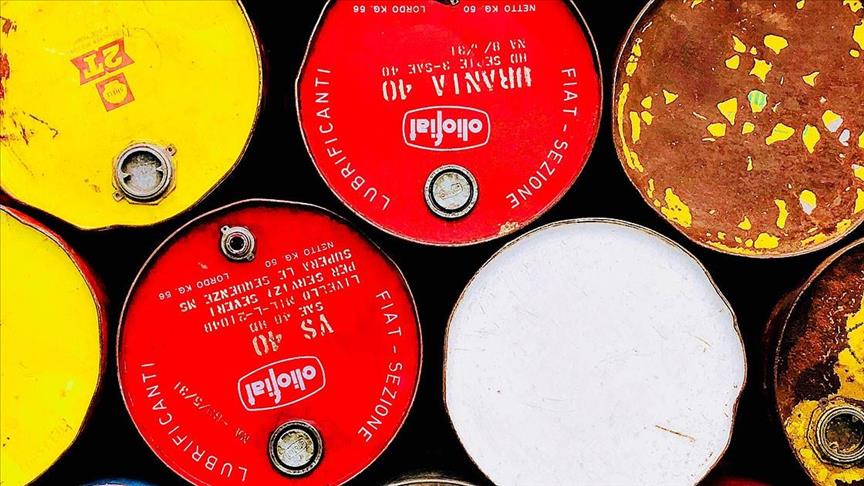The price of Brent crude oil, which has dropped by more than $17 since January 20 due to the protectionist trade policies implemented by US President Donald Trump in his second term in office, is expected to fluctuate in the near term as China responds with retaliatory measures.
On Trump’s so-called ‘liberation day’, concerns over a deepening global trade war and expectations of restricted oil demand intensified, especially after his announcement to impose at least a 10% tariff on imports from many trading partners—further pressuring global oil price.
Brent oil lost nearly 9% in the first week of April after the US administration proposed a 34% tariff on imports from China. In response, China announced it would impose reciprocal tariffs on US goods at the same rate, escalating trade tensions.
In the second week of April, President Trump’s statement that an additional 50% tariff would be imposed if China did not withdraw the 34% retaliatory tariffs further heightened concerns over demand. As a result, Brent oil fell by 2.2% on April 7, closing at $64.29.
As a result, Brent crude fell below $65 for the first time since August 2021. On the same day, West Texas Intermediate (WTI) crude dropped by 2.1%, settling at $60.80 per barrel.
On April 8, China’s Commerce Ministry announced that the country would take decisive countermeasures in response to the threat of new US tariffs, leading to a continued decline in global oil prices. Meanwhile, the US administration’s declaration that the additional 50% tariff—introduced in response to China’s retaliation—would take effect on April 9 added further pressure to prices.
On the same day, the price of Brent crude dropped by 5% to $61.36 per barrel, marking its lowest closing level since March 2021. WTI also declined by 4.8%, settling at $57.90.
Prices continued to decline on April 9 amid the ongoing tariff showdown between the US and China, as well as expectations that the OPEC+ group will adhere to its plan to gradually increase production. Brent crude fell to $59.97 per barrel in international markets on April 9, marking its lowest level since February 2021.
– Oil prices drop over $10 following Trump’s tariff decisions
Oil prices have fallen sharply, losing more than $10, amid rising tensions between the US and its trading partners. On April 2, the US administration announced it would impose at least 10% tariffs on goods imported from a wide range of countries. The move intensified fears of a global trade war and weakened expectations for oil demand, causing Brent crude to drop nearly 1% that same day.
The pressure on prices mounted further on April 3, when the OPEC+ group reaffirmed its decision to gradually increase oil production. With growing concerns of oversupply combined with declining demand, Brent crude fell by more than 5%—its steepest daily decline since October 2023. West Texas Intermediate (WTI) also dropped 5.6%, closing at $66.33.
The situation worsened on April 4, as China announced it would impose an additional 34% tariff on all US imports. The announcement heightened fears of a full-scale global trade war, pushing Brent crude down to $63.85, dipping below the $65 mark for the first time since August 2021.
Brent crude ended the day at $65.74 with a nearly 6% decline, while WTI closed at $62.10, down more than 6%. Over the first week of April, Brent crude lost a total of 9.2%, closing at its lowest weekly level since August 2021.
– Brent oil price to drop below $60
Jorge Leon, senior vice president at Norway-based consultancy Rystad Energy, told Anadolu that downward movements in oil prices are expected to occur throughout the day.
Leon explained that the US is currently evaluating the retaliatory measures of its trading partners and added, ‘Oil prices are set to remain volatile in the coming days as tariffs come into effect and US trading partners consider retaliatory measures.”
Highlighting that a potential last-minute trade agreement could exert upward pressure on prices, Leon said, ‘ We are likely to see downside price pressure today. I wouldn’t be surprised if Brent falls below 60.”

